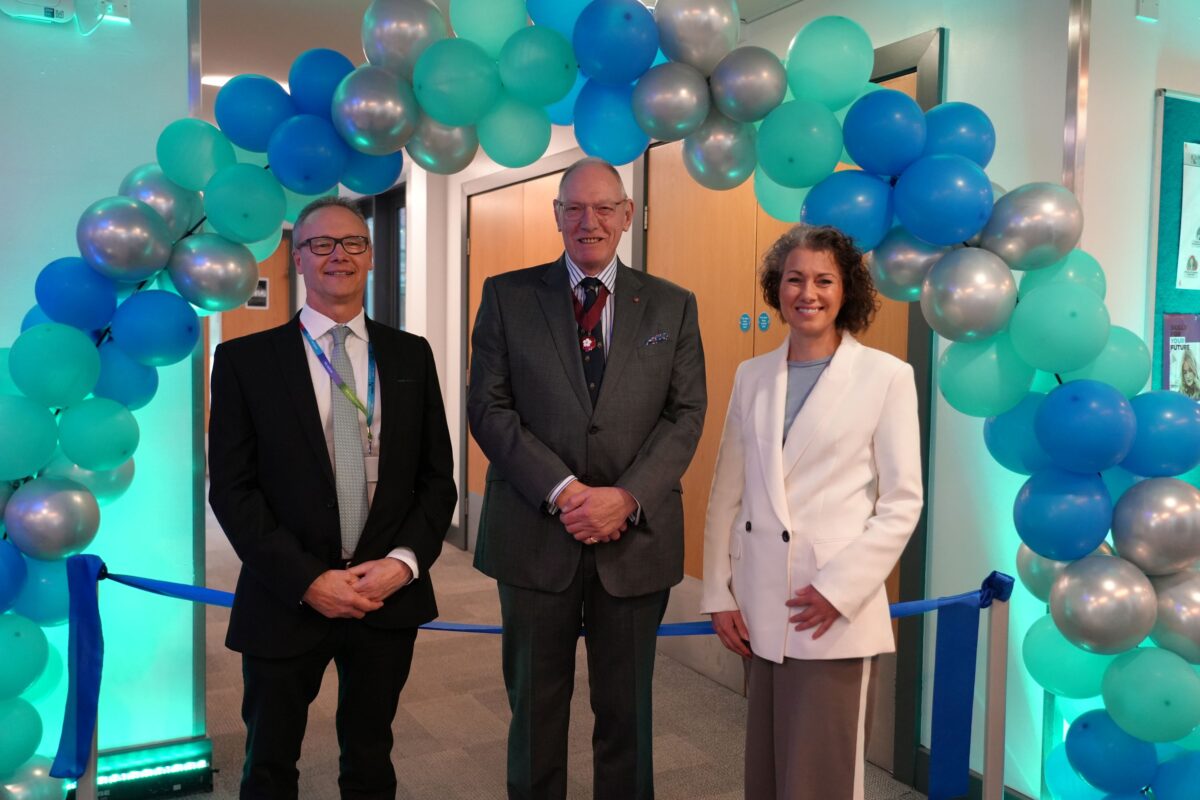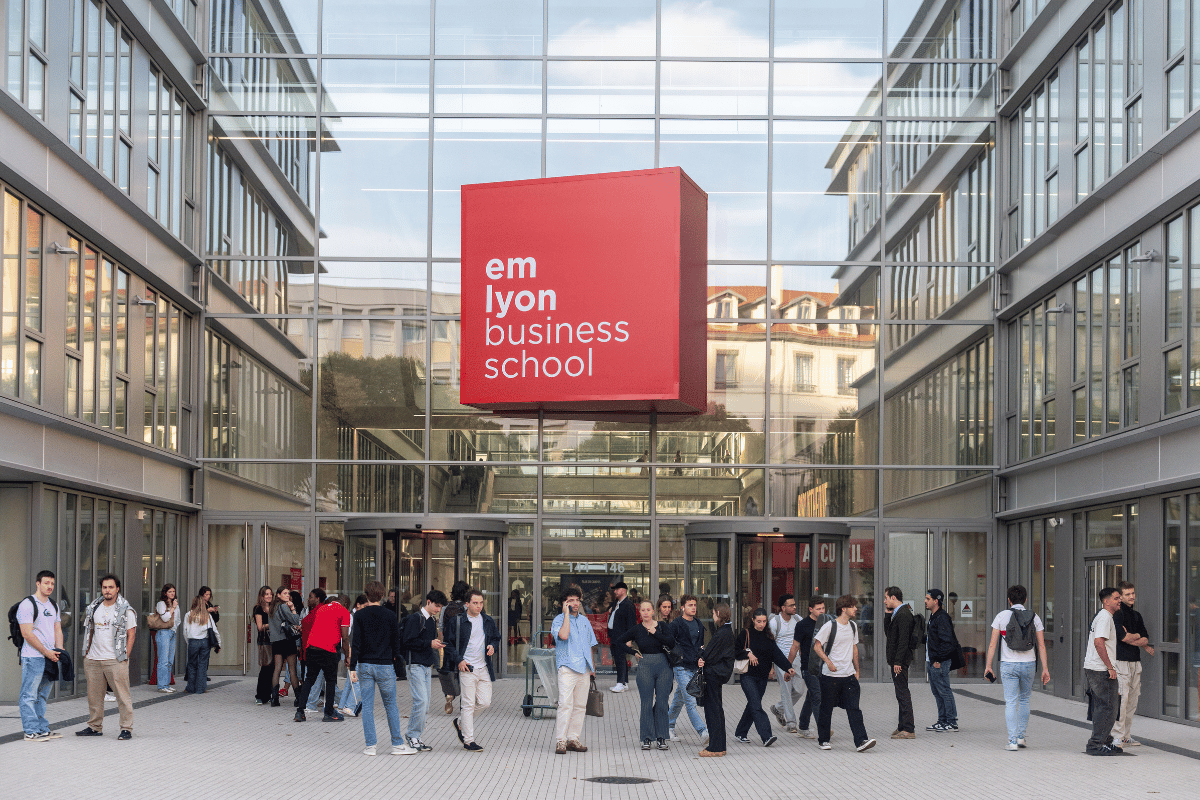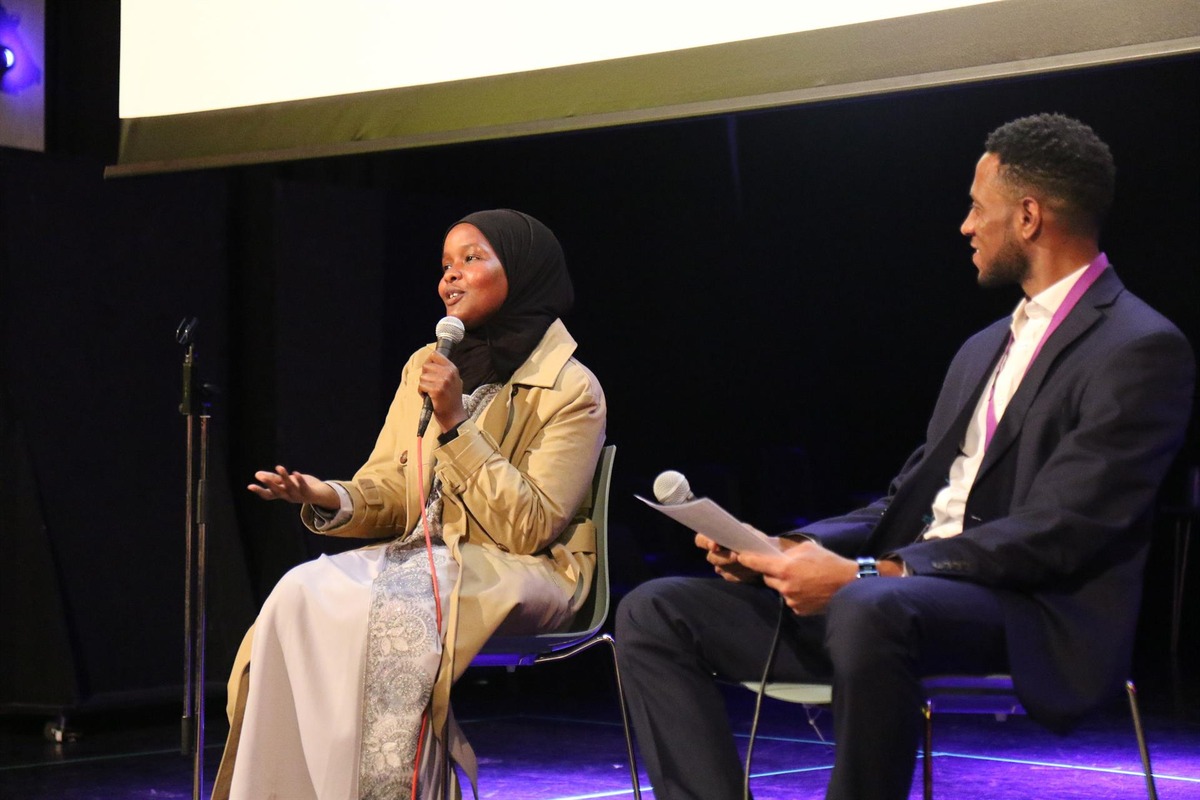Is Education a lip service to diversity even though you’d expect the opposite?

“Education is the most powerful weapon which you can use to change the world.” – Nelson Mandela
Education is a powerful tool that has the potential to shape the future of individuals and societies. It holds the key to knowledge, growth, and social progress. In an ideal world, education would be a beacon of inclusivity, embracing diversity and nurturing the holistic development of every learner. However, reality often falls short of this vision.
Despite the expectations for education to promote diversity, equity, and inclusion, it can sometimes become a mere lip service to these ideals. In this article, we delve into the complexities surrounding the implementation of robust Equity, Diversity, and Inclusion (EDI) policies in education and explore strategies for creating authentic and transformative change.
While it may seem contradictory at first, it’s important to note that education is a complex system influenced by various factors. While there are certainly efforts within education to promote diversity and inclusivity, indeed, progress in this area can sometimes be slow or superficial.
However, It is crucial to acknowledge that there are dedicated educators, policymakers, and activists working towards meaningful change within education systems. They are striving to develop inclusive curricula, provide professional development opportunities for teachers, address systemic inequalities, and create a welcoming environment for students from diverse backgrounds. However, progress in these areas often requires sustained efforts and systemic changes to truly live up to the ideals of diversity and inclusivity in education.
How can a robust EDI policy be supported and implemented in this space embedding a culture-first approach that is person-centered and holistic?
Implementing a robust Equity, Diversity, and Inclusion (EDI) policy in the education space requires a comprehensive and thoughtful approach. Here are some key considerations to support and implement such a policy, embedding a culture-first approach that is person-centred and holistic:
Clear goals and vision: Develop a clear statement of purpose and goals for the EDI policy in alignment with the values of the institution. This provides a shared understanding and direction for all stakeholders involved.
Leadership commitment: Leadership plays a crucial role in fostering a culture of equity, diversity, and inclusion. Ensure that leaders at all levels demonstrate visible support and commitment to EDI initiatives, and actively participate in training and professional development related to EDI.
Inclusive decision-making: Involve a diverse range of stakeholders, including students, parents, educators, administrators, and community members, in the decision-making process. Seek their input and perspectives to shape policies and initiatives, creating a sense of ownership and collective responsibility.
Education and awareness: Provide ongoing education and training opportunities for all members of the educational community. This includes workshops, seminars, and professional development sessions that promote understanding and awareness of issues related to equity, diversity, and inclusion.
Curriculum and pedagogy: Ensure that the curriculum reflects diverse perspectives, cultures, histories, and experiences. Integrate inclusive pedagogical approaches that engage students and encourage critical thinking, empathy, and respect for different viewpoints.
Recruitment and retention: Develop strategies to attract and retain a diverse pool of educators and staff. Implement inclusive hiring practices, provide mentoring and support programs, and create an inclusive work environment that values and respects all employees.
Support systems: Establish support systems and resources to address the specific needs of marginalized students and staff. This includes counselling services, mentoring programs, and affinity groups to foster a sense of belonging and support overall well-being.
Data collection and assessment: Regularly collect and analyze data on student and staff demographics, experiences, and outcomes to identify areas for improvement and track progress. Use the insights gained to inform decision-making and shape future initiatives.
Partnerships and community engagement: Foster partnerships with local communities, organizations, and advocacy groups that promote equity and inclusion. Engage parents, families, and community members in the educational process, creating a collaborative and inclusive learning environment.
Continuous evaluation and improvement: Regularly review and assess the effectiveness of the EDI policy and initiatives. Seek feedback from stakeholders, identify areas of strength and areas that need improvement, and adjust strategies accordingly.
Thus by adopting a culture-first approach that prioritizes the experiences and needs of individuals within the educational community, a robust EDI policy can be supported and implemented. It stands to reason that it requires a collective commitment, ongoing learning, and a willingness to adapt and improve to create an inclusive and equitable educational environment.
Notable Examples of Effective Equity, Diversity, and Inclusion (EDI) Policies in Education
Here are some examples of where robust Equity, Diversity, and Inclusion (EDI) policies and practices have been effective in educational settings. While the effectiveness can vary across different contexts, here are a few notable examples:
University of California, Berkeley: The campus has implemented various initiatives to promote diversity and inclusion. One example is the Diversity, Equity, and Inclusion Certificate Program, which provides faculty and staff with training and resources to enhance their knowledge and skills in creating inclusive learning environments. They have also established centres and programs focused on supporting underrepresented students, fostering inclusive campus climates, and advancing diversity research.
Toronto District School Board, Canada: The Toronto District School Board has been recognized for its commitment to equity and inclusion. They have implemented policies and programs to address systemic barriers and promote equitable opportunities for all students. This includes initiatives such as the Africentric Alternative School, which focuses on Afrocentric curriculum and pedagogy to support the academic success and well-being of Black students.
Western Cape Education Department, South Africa: In South Africa, the Western Cape Education Department has developed an Inclusive Education Support Policy that aims to provide quality education for all learners, including those with disabilities. The policy emphasizes a shift from segregated special education to inclusive education practices, promoting accessibility, accommodations, and support services in mainstream schools.
European Union’s Erasmus+ Program: The Erasmus+ Program, an initiative of the European Union, has made efforts to promote diversity and inclusion in higher education through international student mobility. The program supports exchange opportunities for students from diverse backgrounds, including those from disadvantaged backgrounds or with disabilities, fostering intercultural understanding and creating inclusive learning environments.
These examples demonstrate that with strong commitment, comprehensive policies, and targeted initiatives, positive changes can be achieved in fostering equity, diversity, and inclusion within educational systems. However, it’s important to note that the effectiveness of these initiatives can be influenced by various factors, and continuous evaluation and improvement are necessary to sustain progress.
Understanding the Challenges:
“Diversity is being invited to the party; inclusion is being asked to dance.” – Verna Myers
The journey towards inclusive education requires an honest appraisal of the challenges that hinder progress. Several factors contribute to the perception that education pays lip service to diversity:
Limited representation in curriculum:
“The function of education is to teach one to think intensively and to think critically. Intelligence plus character – that is the goal of true education.” – Martin Luther King Jr.
The curriculum taught in many educational institutions may not adequately reflect the diversity of cultures, histories, and perspectives. This narrow and biased understanding of the world reinforces dominant narratives and marginalizes certain groups.
Lack of inclusive teaching practices:
“Inclusive, good-quality education is a foundation for dynamic and equitable societies.” – UNESCO
While some educators actively incorporate diverse perspectives and teaching methods, others may lack the necessary training or awareness to effectively engage with students from different backgrounds. This can lead to a disconnect between stated ideals of diversity and the actual classroom experience.
Inequitable access and resources:
“It is not our differences that divide us. It is our inability to recognize, accept, and celebrate those differences.” – Audre Lorde
Socioeconomic disparities significantly impact educational opportunities, making it more difficult for marginalized groups to access quality education. Disparities in funding, resources, and support systems perpetuate inequality and limit the effectiveness of diversity initiatives
Tokenism and surface-level initiatives:
“Inclusive, good-quality education is a foundation for dynamic and equitable societies.” – UNESCO
Educational institutions sometimes engage in tokenism, employing superficial gestures or initiatives to create an illusion of diversity without addressing underlying systemic issues. Such actions can undermine genuine progress and fail to create an inclusive learning environment.
Implementing a Culture-First Approach:
To foster authentic change and embed a culture-first approach in EDI policies, the following strategies are key:
Clear goals and vision:
“Education is not the filling of a pail, but the lighting of a fire.” – William Butler Yeats
Develop a clear statement of purpose and goals for the EDI policy in alignment with the values of the institution. This provides a shared understanding and direction for all stakeholders involved.
Leadership commitment:
“Inclusion is not a matter of political correctness. It is the key to growth.” – Jesse Jackson
Leaders at all levels must demonstrate visible support and commitment to EDI initiatives, participating in training and professional development related to EDI. Their leadership plays a crucial role in fostering a culture of equity, diversity, and inclusion.
Inclusive decision-making:
“Diversity: the art of thinking independently together.” – Malcolm Forbes
Involve a diverse range of stakeholders, including students, parents, educators, administrators, and community members, in the decision-making process. Seek their input and perspectives to shape policies and initiatives, creating a sense of ownership and collective responsibility.
Education and awareness:
“Education is the passport to the future, for tomorrow belongs to those who prepare for it today.” – Malcolm X
Provide ongoing education and training opportunities for all members of the educational community. Workshops, seminars, and professional development sessions can promote understanding and awareness of issues related to equity, diversity, and inclusion.
Curriculum and pedagogy:
“The function of education is to teach one to think intensively and to think critically. Intelligence plus character – that is the goal of true education.” – Martin Luther King Jr.
Ensure that the curriculum reflects diverse perspectives, cultures, histories, and experiences. Integrate inclusive pedagogical approaches that engage students and encourage critical thinking, empathy, and respect for different viewpoints.
Recruitment and retention:
“It is our collective and individual responsibility to preserve and tend to the world in which we all live.” – Dalai Lama
Develop strategies to attract and retain a diverse pool of educators and staff. Implement inclusive hiring practices, provide mentoring and support programs, and create an inclusive work environment that values and respects all employees.
Support systems:
“Inclusion is not a matter of political correctness. It is the key to growth.” – Jesse Jackson
Establish support systems and resources to address the specific needs of marginalized students and staff. Counseling services, mentoring programs, and affinity groups foster a sense of belonging and support overall well-being.
Data collection and assessment:
“What gets measured gets improved.” – Peter Drucker
Regularly collect and analyze data on student and staff demographics, experiences, and outcomes. Use the insights gained to inform decision-making and shape future initiatives.
Partnerships and community engagement:
“Alone, we can do so little; together, we can do so much.” – Helen Keller
Foster partnerships with local communities, organizations, and advocacy groups that promote equity and inclusion. Engage parents, families, and community members in the educational process, creating a collaborative and inclusive learning environment.
Continuous evaluation and improvement:
“Change is the end result of all true learning.” – Leo Buscaglia
Regularly review and assess the effectiveness of the EDI policy and initiatives. Seek feedback from stakeholders, identify areas of strength, and areas that need improvement, and adjust strategies accordingly.
Conclusion
“Let us remember: one book, one pen, one child, and one teacher can change the world.” – Malala Yousafzai
Promoting equity, diversity, and inclusion in education is a complex and multifaceted task. It requires a collective commitment, ongoing learning, and a willingness to adapt and improve. By implementing a culture-first approach that prioritizes the experiences and needs of individuals within the educational community, authentic change can be fostered. Although challenges persist, numerous examples demonstrate that with strong commitment, comprehensive policies, and targeted initiatives, positive changes can be achieved. Let us embrace the responsibility of creating inclusive educational environments that empower learners and shape a more equitable and just future.
FE News on the go…
Welcome to FE News on the go, the podcast that delivers exclusive articles from the world of further education straight to your ears.
We are experimenting with Artificial Intelligence to make our exclusive articles even more accessible while also automating the process for our team of project managers.
In each episode, our thought leaders and sector influencers will delve into the most pressing issues facing the FE sector, offering their insights and analysis on the latest news, trends, and developments.












Responses